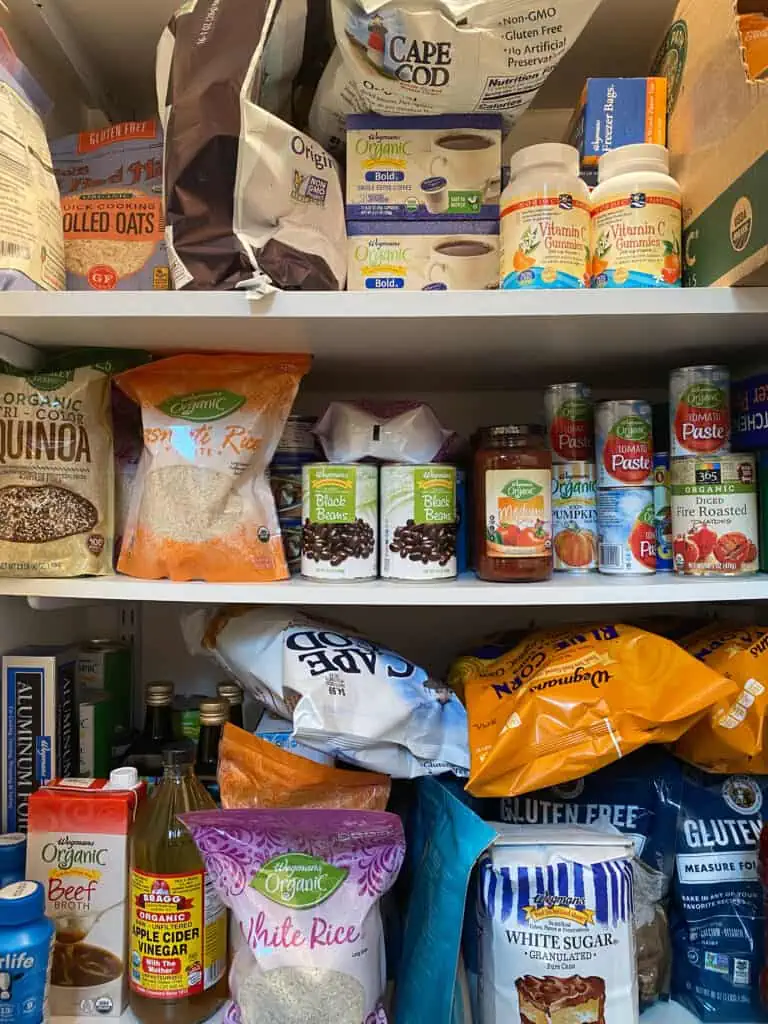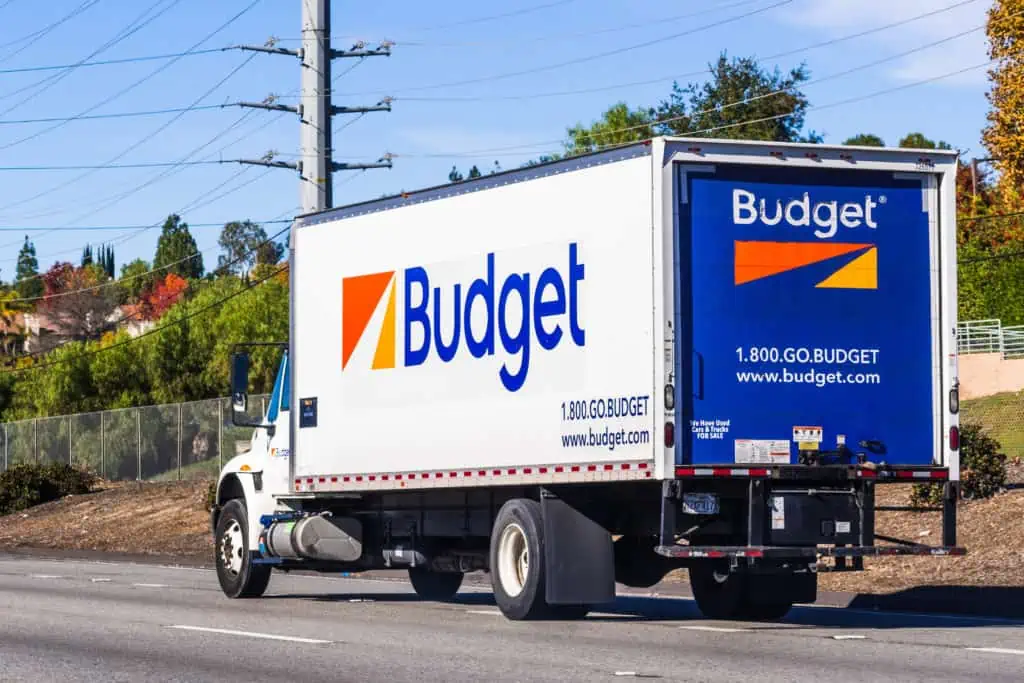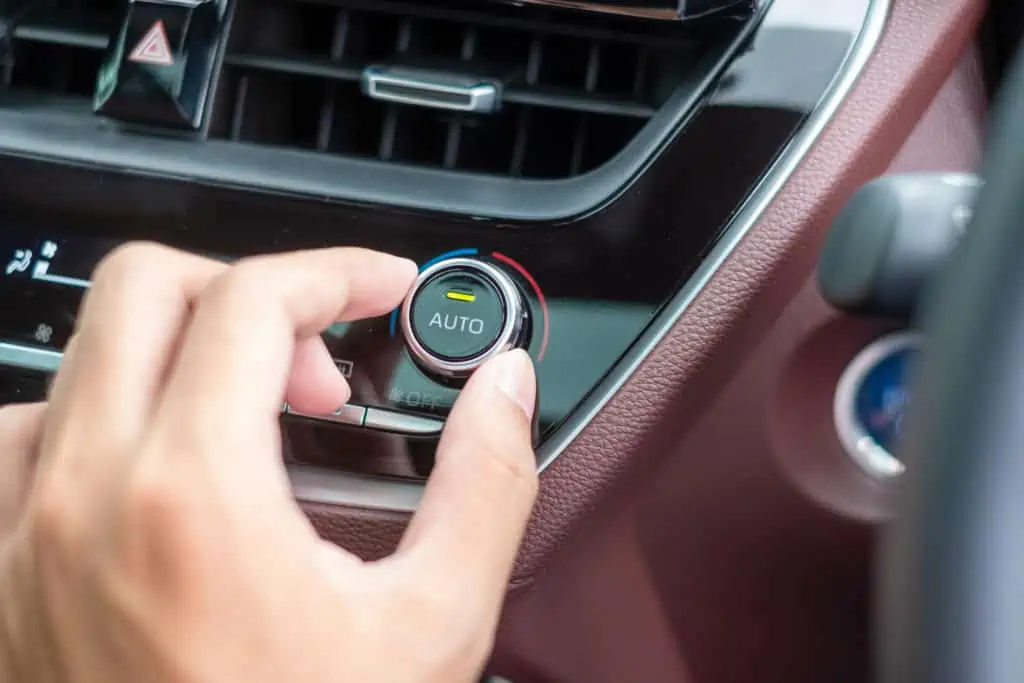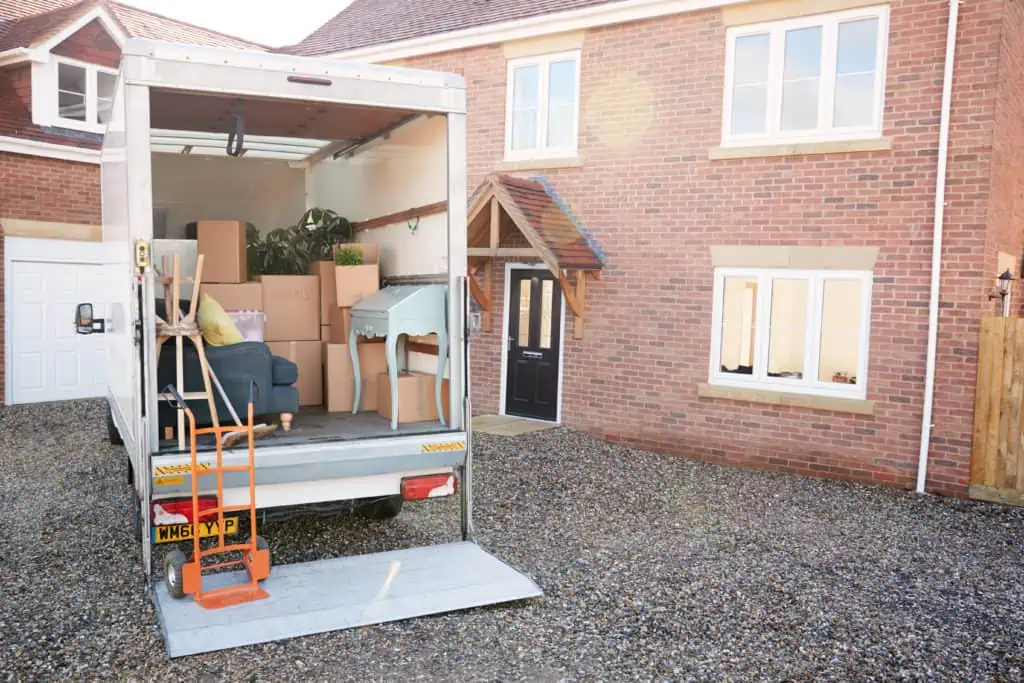Moving can be an expensive endeavor, so you’re probably looking for ways to save money.
Little things, like tracking down free cardboard boxes or using t-shirts instead of costly packing paper to protect your breakables can add up to a nice wad of extra cash in your pocket.
But to really save big on your move? To put it simply: have less stuff you need to haul.
Why Fewer Things Means a Lower-Cost Move
There are a few reasons why the amount of items and the size of what you’re taking with you during a move has a big impact on the money you save.
- Less stuff takes less time to move, so if you’re hiring moving labor, it won’t take them as long to load and unload your belongings. And that lowers the final bill.
- Less stuff weighs less overall, which means if you hire a full-service mover, your move will cost less since they charge by how much a load weighs, or if you rent or use your own truck, you’ll get way better gas mileage.
- Less stuff takes up less space, so you can rent a smaller, less expensive truck. If you are going the portable storage container route, you’ll be able to rent a smaller one, or fewer of them. Either way, you’re spending less cash.
The 3 Things That Cost the Most To Transport
As a mover with decades of experience, I know there are three things that make the biggest difference in lightening your load to make your move cost a lot less. And getting rid of them come with the added benefit of giving yourself the opportunity to make your life in your new home feel like a fresh start.
1. Get Rid of as Much Food as Possible
Simple in theory but not necessarily easy in practice, clearing out your kitchen can save you oodles of time in addition to saving space and weight for your move.
What kinds of food really make a difference?
There’s a proper way to clean out a pantry. First consider all the perishable goods, such as produce, dairy and condiments taking up space in your fridge.
Yes, it’s typically common sense to toss or use perishables beforehand, since they can spoil so easily. But, take stock of all your frozen foods too. Frozen stuff doesn’t do well being stuffed in a box and driven hundreds of miles any more than perishables don’t, even if you shove all that frozen stuff into coolers with ice packs (which will add a ton more weight, figuratively and maybe literally).
@hireahelper How I packed up my fridge and pantry to prep for moving day. #moving #packing #packingakitchen #fridge #pantry #kitchen #packingapantry #packingafridge #movingtips #packinghelp #howtopack #packingtips #movingday ♬ original sound – HireAHelper

When it comes to food, you should really only bring what you’re eating immediately during the trip, or what absolutely can’t be replaced, such as very expensive spices, hard-to-get foodstuffs from other countries, or rare bottles of alcohol.
Do I really just toss it all? That seems wasteful!
There are ways to get rid of all that food without throwing it in the garbage. For instance, you can donate all your dried and canned food to your local food pantry through an organization like Move For Hunger— they’re a charity that literally exists for this exact problem.
“The national van lines have a waiver specifically for pressboard furniture, releasing the movers/company from liability for damage, because it’s pretty much guaranteed to get damaged.”
You can also throw a “raid my kitchen” party for your friends. Give people who help you pack and move first dibs on your unopened alfredo sauce and spices, then invite anyone else to come by and help themselves to what’s left. No salesmanship, no pressure. Just a bit of fun. And a lighter load.
I’ve packed hundreds of homes, and the kitchen is always one of the most time-consuming rooms to tackle. Free yourself from this cumbersome task and do away with the cost of moving it all.
2. Go Crazy and Get Rid of Your Furniture
If you’ve got a lot of really nice or sentimental furniture, like an antique dining table handed down from great-great-grandma, feel free to skip this section. If you’re lugging the kind of worn brown sofa I did for a dozen moves in my turbulent post-college years, then read on.
If it’s big, bulky, or made of pressboard, better leave it behind

Large, unwieldy items take up a lot of space, right? Most sofas, desks, dressers, entertainment center units and aging mattresses can mean a bigger rental truck or an additional portable container, which translates into a much higher cost for your move. Particularly if your larger items are getting up there in the years, consider the money-saving merits of donating or selling them.
See prices for local moving labor. Read real customer reviews. Easily book your help online.
Other items you might want to abandon are pieces made of pressboard, which is basically glued-together wood pulp covered with a thin veneer of fake solid wood (think IKEA). Bookcases, desks, and pretty much anything else made of the stuff will crack and crumble in transit, often leaving you with a useless pile of wood scraps at your new home.
The national van lines have a waiver specifically for pressboard furniture, releasing the movers/company from liability for damage, because it’s pretty much guaranteed to get damaged.
So what do I sit on in my new home?
Giving away or tossing out your furniture does mean you probably need to buy new replacements, and that can certainly be expensive.
“When it comes to food, you should really only bring what you’re eating immediately during the trip, or what absolutely can’t be replaced, such as very expensive spices, hard-to-get foodstuffs from other countries, or rare bottles of alcohol.”

Even if, in the end, buying replacements ends up costing a bit more than what you save on a smaller rental truck (with better gas mileage), there’s something satisfying about snagging a cool new living room for your new place on the cheap.
3. Go Even Crazier and Get Rid of Your Car
This one is a tougher call than parting with your memory-filled sofa. It also might sound a bit crazy. But if you’re considering shipping your car to your new home, hold on and hear me out.
While the cost of shipping a car varies, shipping it over a long distance can run you well over a thousand bucks. If you believe keeping your car is worth the expense, you’ll get no argument from me.
But if you’re not driving your dream mobile, or if you really want to make a clean break, toss around the idea of selling your car (a bit under blue book value if that helps you unload it by move day). Then take that cash, add it to what you just saved yourself by not shipping that old clunker, and find something comparable or better on the other end.
See prices for local moving labor. Read real customer reviews. Easily book your help online.
A Twist on an Old Piece of Advice
One final note involves the time-worn adage that says, “If you haven’t worn it or used it in a year, get rid of it.”
I don’t necessarily agree with this. I use stuff every day that I would be just as happy without, like old plates, the swivel office chair with the faint, unidentifiable stain on the seat, and yes, a few dozen t-shirts that are slowly disintegrating.
Instead of gauging the worth of something by the last time I used it, I go by a different saying: “True wealth is not accumulation. It is selection.”
When moving, be choosy. Be willing to let go of stuff. You’ll make it easier on yourself as well as your wallet.
And you may end up with a new life that looks and feels better than the one you left behind.







 3. A/C on the highway (go easy!), windows down on the streets
3. A/C on the highway (go easy!), windows down on the streets
